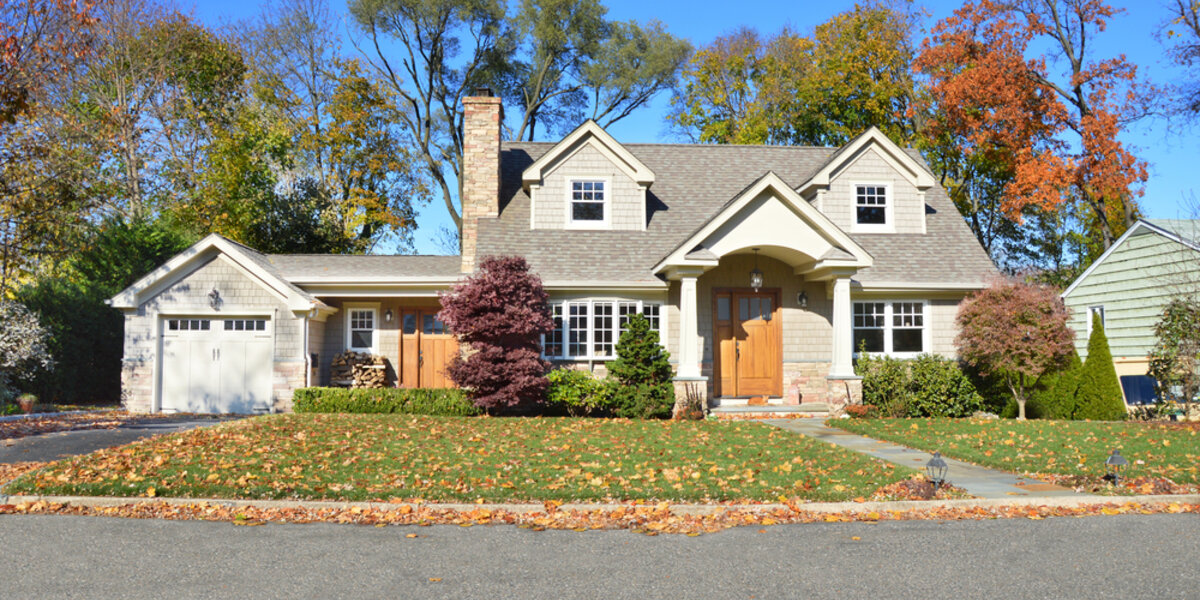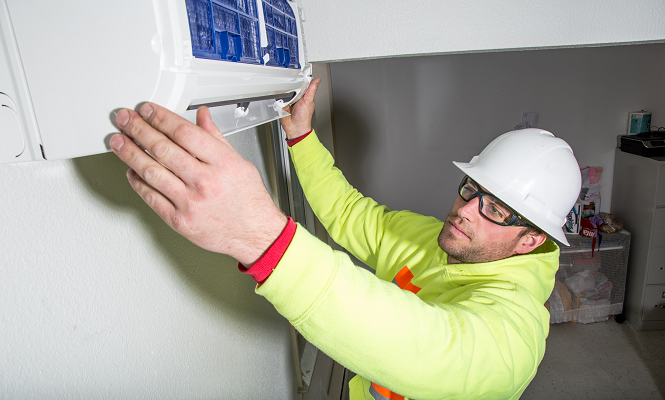Deploying Residential Energy Efficiency: Barriers and Potential
Let's Save Energy
Alliance to Save Energy's Blog
Deploying Residential Energy Efficiency: Barriers and Potential

This blog post was originally published by Home Energy. For the original post, click here.
Residential “EE” receives relatively little attention compared to major projects like the retrofit of the Empire State Building in New York City. While it seems like a small thing to make one home energy-efficient, the aggregated potential for energy savings in homes is enormous. In fact, household energy use represents almost 25 percent of total energy consumption in the United States, according to the American Council on Energy Efficiency. Single family homes account for about 80 percent of residential energy consumption, 15 percent is used in multi-family homes, and five percent in mobile homes. If we could fully deploy conventional energy efficiency in the residential sector, according to McKinsey and Company, we could achieve a 28 percent cut in annual energy consumption in the residential sector, thereby saving consumers $2.2 billion on their energy bills. That is a win all around, for American households as well as for job creation and the environmental impact of reducing carbon emissions and other pollution. So what are the barriers that prevent this from happening?
The critical factor in fully deploying efficiency in the residential sector is the need for “up front” capital to make energy upgrades in their homes. For middle class families lacking sufficient equity in their homes to finance upgrades, this is a major barrier, and for low income families not served by programs like weatherization, it is an insuperable barrier.
Then most promising emerging development is the increasing availability of on-bill financing for residential energy upgrades, which is now happening, or about to happen, in 23 states, according to ACEEE. On bill financing (OBF) allows utility customers to invest in EE improvements and repay the up-front investment through additional charges on their bill, spread out over time to minimize the impact of an initially higher bill. The goal of OBF is to quickly reach a point where the energy savings cover or exceed the additional monthly charges. If widely available, OBF can provide the “first costs” of energy upgrades.
More needs to be done to encourage utilities to assist in implementing OBF. Utilities are reluctant to change their complicated billing systems. And, as is true with so many EE programs, customers are unaware of OBF in the states where it is available. As a result, marketing campaigns offering rebates have been developed by some utilities. In some areas, a similar program called one bill payment (OBP) is available, in which third parties assume the risk of repayment of the “up front” funding, instead of utilities. These programs have great potential to address the need for energy efficiency in low income communities, because OBF and OBP address the “split incentive” problem by establishing a direct relationship between the tenant and the utility or third party lender.
Another exciting option for deploying residential efficiency is known as Property Assessed Clean Energy (PACE) bonds. Under PACE programs, the “up front” financing is provided to the homeowner and there is a guarantee of repayment of the debt as the indebtedness is recorded as a lien against the property, which can transfer with a change of ownership in the property. The source of “first cost” financing can be state revolving funds or green banks, which are now emerging in many states along with residential PACE programs authorized by statute.
Residential efficiency would also be greatly helped by the enactment of legislation at the federal level known as the SAVE Act. This legislation would promote “energy-efficient mortgages”, which enable buyers to get credit for installing energy-efficient products. This enables homebuyers to qualify for a larger mortgage, by requiring that energy efficiency improvements be recognized in all home appraisals for purchase or refinancing.
Financing programs like OBF and PACE can help the residential sector realize potential energy savings, and also help drive energy efficiency as the “next wave” of innovation in the United States, by creating jobs and new technologies and helping to revitalize economically disadvantaged communities that will derive lasting benefits from energy upgrades in their homes. Efficiency can also be an engine for improved health and safety in homes, as well as facilitating long term societal goals like enabling seniors to “age in place” by remaining in their homes. McKinsey and Company has reported that for every million dollars invested in conventional residential energy upgrades, ten new jobs are created. It’s time we addressed the “first cost” financing challenges that stand in the way of full deployment of energy efficiency in homes. This requires engagement with utilities and third party lenders, promoting green banks and revolving funds at the state level, and working for the enactment of residential PACE laws at the state level. These measure, combined with the enactment of the SAVE Act at the federal level, will help residential energy efficiency to produce lasting savings, new jobs and reduced carbon emissions – goals which will benefit all Americans.
STAY EMPOWERED
Help the Alliance advocate for policies to use energy more efficiently – supporting job creation, reduced emissions, and lower costs. Contact your member of Congress.
Energy efficiency is smart, nonpartisan, and practical. So are we. Our strength comes from an unparalleled group of Alliance Associates working collaboratively under the Alliance umbrella to pave the way for energy efficiency gains.
The power of efficiency is in your hands. Supporting the Alliance means supporting a vision for using energy more productively to achieve economic growth, a cleaner environment, and greater energy security, affordability, and reliability.



